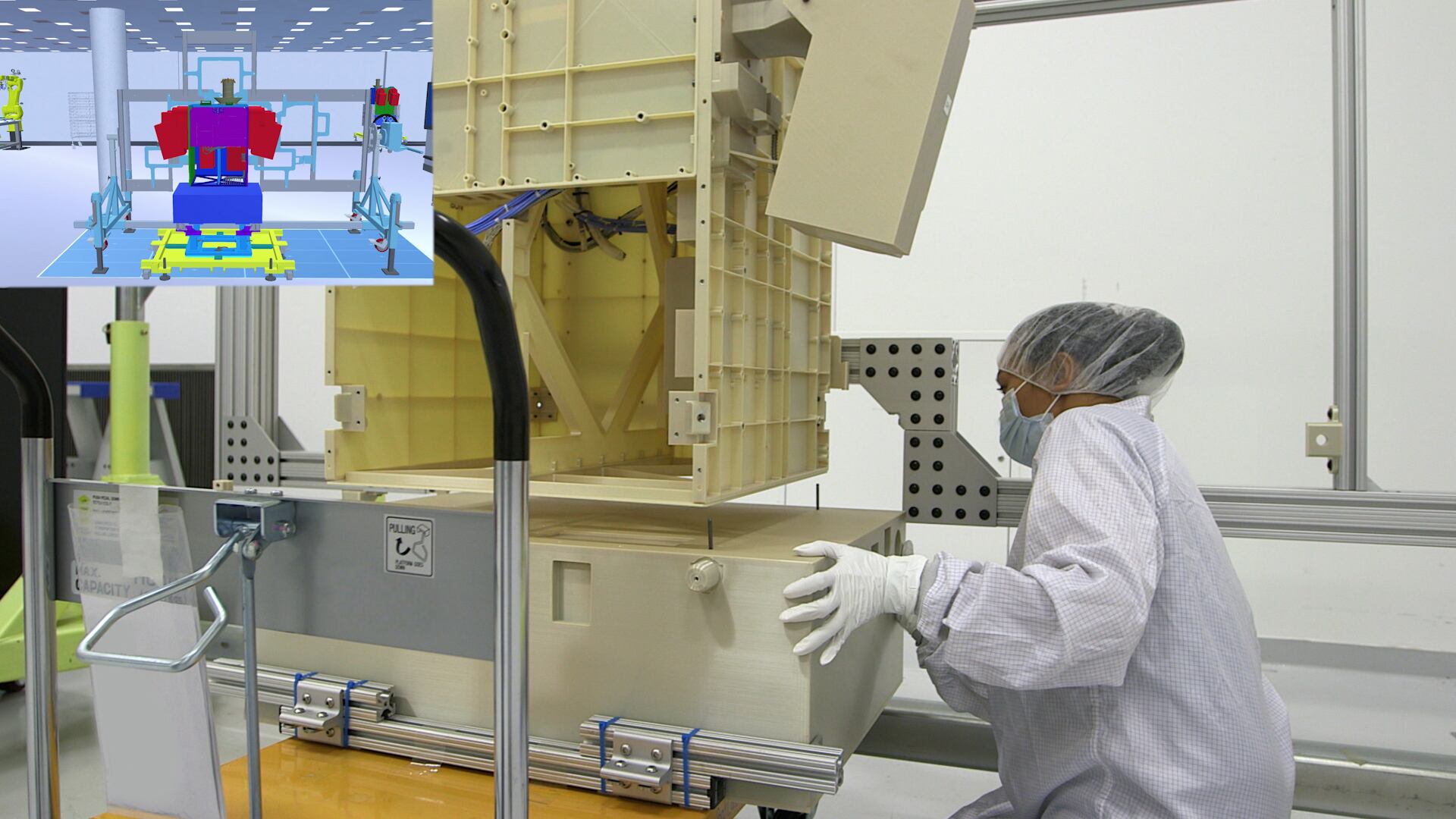WASHINGTON — The Space Development Agency announced prototype agreements with three companies to develop a total of 126 communication satellites that will lay the foundation of the agency’s networked data transport architecture.
The other transaction agreements, which total about $1.8 billion, went to York Space Systems, Lockheed Martin and Northrop Grumman, each to develop 42 satellites to build out SDA’s Transport Layer. That layer will be composed of a mesh network of communication satellites connected by optical links that allow them to transfer data from space sensors to the ground.
The low Earth orbit satellite network — part of SDA’s layered National Defense Space Architecture — is envisioned as the backbone of the U.S. Department of Defense’s Joint All-Domain Command and Control effort.
“These awards will drive delivery of the NDSA’s data and communications Transport Layer through a proliferated constellation of relatively small, mass-producible space vehicles in low Earth orbit,” SDA Director Derek Tournear said in a statement Monday.
SDA’s vision is to launch satellites in “tranches” every two years, regularly updating the on-orbit capability and offering opportunities for industry to compete to help grow the constellations. The satellites awarded Monday are part of Tranche 1 and are slated to launch in September 2024. The agency’s first batch of satellites, Tranche 0, are set to launch this October. Lockheed and York are both on contract to deliver Tranche 0 transport satellites.
Although each company awarded a Tranche 1 contract will develop the same number of satellites, the value of their contracts differs significantly, with York receiving $382 million, Northrop $692 million and Lockheed $700 million. According to the release, the satellites will be split between two “near-polar” LEO planes.
Northrop’s Vice President for Communication Systems Blake Bullock said in a press release the company has “fully embraced SDA’s rapid, go-to-market spirit,” which he said will allow it to deliver on time and on budget.
Lockheed plans to leverage its existing Agility Partners Marketplace, which offers a pool of suppliers available to help mitigate potential supply chain issues.
“Having multiple component suppliers ensures that parts are available despite supply chain challenges encountered in today’s operating environment,” the company said in a press release. “Lockheed Martin’s approach to high-rate production eliminates chokepoints by quickly isolating problems on vehicles without stopping the work on other satellites. The combination of these approaches will help keep SDA’s aggressive delivery schedule on-time and on-budget.”
The award announcement follows a somewhat contentious solicitation process, with an industry protest in late August driving SDA to tweak its Tranche 1 Transport Layer acquisition strategy. The agency had planned to award the contracts using a more traditional contracting method but opted to use OTAs after satellite operator Maxar Technologies filed a protest with the Government Accountability Office.
At the time, Tournear said there had been concerns that SDA favored companies of a particular size over others, noting that the agency has had some difficulty convincing industry it will continue to encourage competition for future tranches.
“Until we actually demonstrate that through multiple acquisitions, I think you’re always going to have this mentality that people are going to want to ensure that they can fight as hard as they can to get an early award,” Tournear said in October.
Courtney Albon is C4ISRNET’s space and emerging technology reporter. She has covered the U.S. military since 2012, with a focus on the Air Force and Space Force. She has reported on some of the Defense Department’s most significant acquisition, budget and policy challenges.








